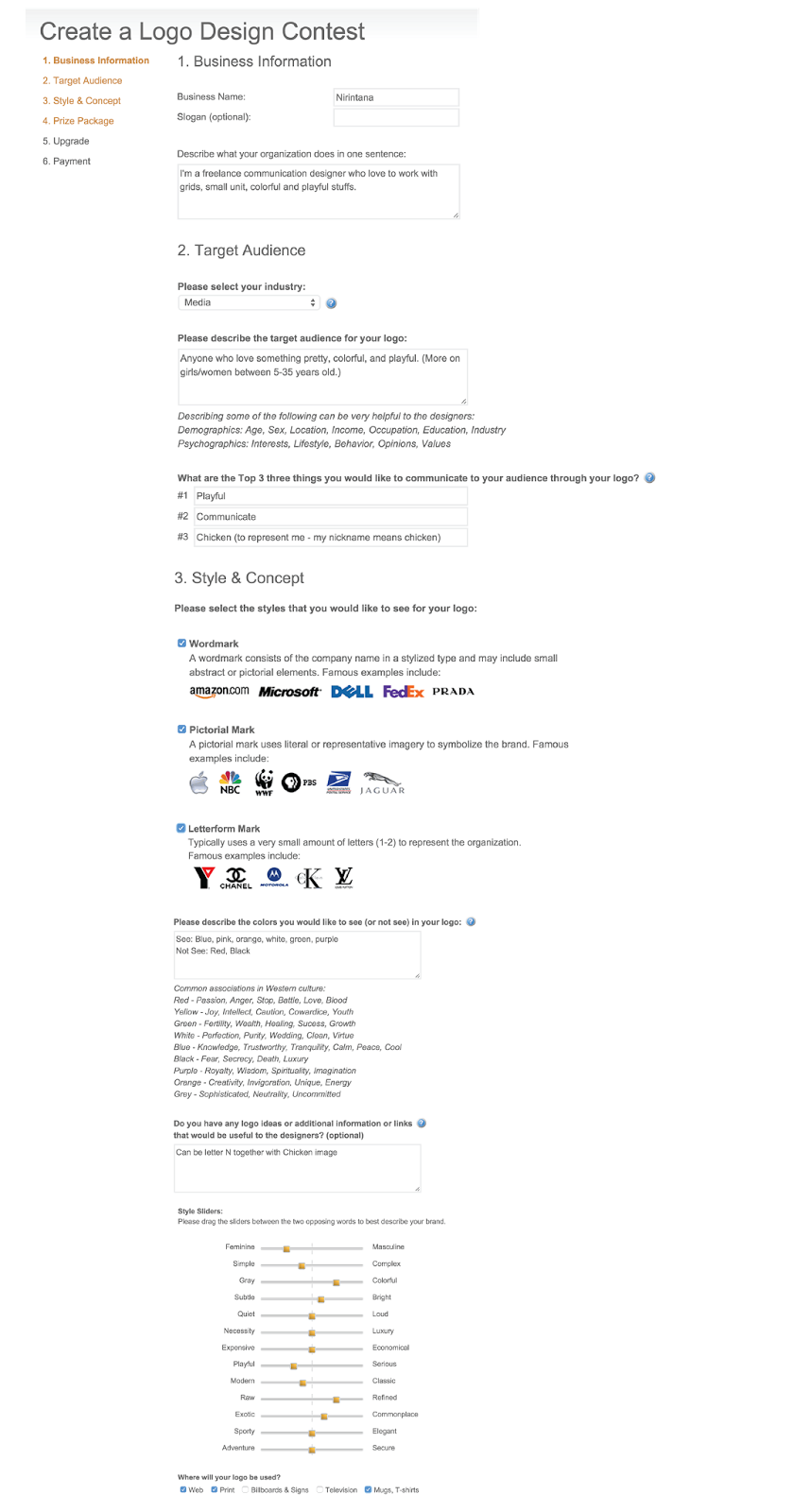What does sustainability mean in context of Graphic Design?
............................................................................................................................
What is 'cradle to cradle' design and how can you see this applied in the Graphic Design industry?
“Cradle to Cradle” thinking posits that intelligent design can eliminate the concept of waste. Cradle to Cradle design refers to a production process where products are developed for closed-loop systems in which every output ingredient is safe and beneficial. The concept was developed by William McDonough and Michael Braungart.
Reference: http://www.bcorporation.net/sites/default/files/documents/portal/BCorp_Cradle_to_Cradle_Design_and_Production.pdf
Sustainable design seeks to reduce negative impacts on the environment. Graphic designers might apply the concept in Graphic Design industry by reducing resource use through the design process. Graphic designer could use eco-friendly material such as recycling paper for our publication design or a packaging design. Also, we could create something.., for example, How2Recycle Label, a standardized on-package labeling system that clearly communicates recycling instructions to the public.
You can see more examples at http://www.greenblue.org/
(GreenBlue is a nonprofit institute that stimulates the creative redesign of industry by focusing the expertise of professional communities to create practical solutions, resources, and opportunities for implementing sustainability.)
............................................................................................................................
There are many things that a Graphic Designer can do in their practice to decrease their impact on the environment.
For example,
- Use eco-friendly or paper and materials made with recycled, post-consumer waste for the design piece, e.g. design a publication using recycle paper.
- Use low VOC ink for printing materials
- Choose a recycle material, such as glass, for Packaging Design.
- Create a good, clear, and interesting infographics about our environment to inform people.
- Help to create an non-profit effective ads for earth.
............................................................................................................................
In the 'Creative Gallery on Sustainable Communications '- what ad has the most impact for you and why?
The most impact ads for me is "Graph" For WWF.
It impacts because it's really easy to understand. The way they use the pattern of the tiger to play with the graph is very smart. When I first see the picture, I can guess that it's something about tiger. When I look closer in the bigger image, my expression is like "Wow!". The way they put the information is very minimal, but can understand right away that in present, the number of tiger is decreasing.
See the ads at http://www.unep.fr/scp/communications/ad/list.asp?cat=all











